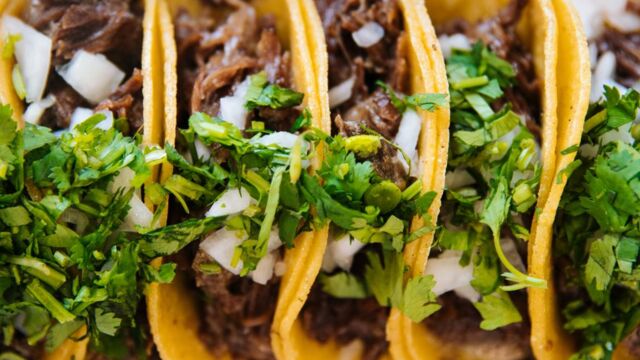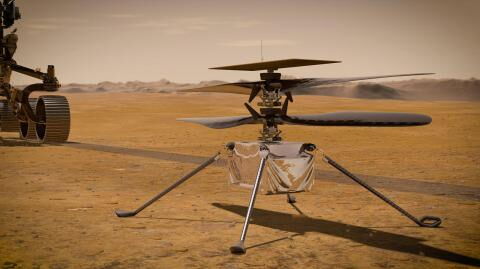Astronauts onboard the International Space Station have harvested chillis they have been growing in space for the last four months.
Discover our latest podcast
According to the National Aeronautics and Space Administration, the experiment has been one of the organization’s most complex tasks to date.
Best Tacos Ever!
One NASA astronaut, Meghan McArthur, posted pictures of the first-grown green chilli peppers on social media. She also shared with her followers images of the tacos that the crew made with the peppers.
After the harvest, we got to taste red and green chile. Then we filled out surveys (got to have the date) Finally, I made my best space tacos yer: fajita beef, rehydrated tomatoes and artichokes, and HATCH CHILE.
Prior to the experiment, NASA explained that it was to explore ways of sustaining the crew on their space missions, which may last for months or even years.
Since 2015, astronauts have grown and eaten 10 different crops on the space stations. NASA says there is the need for more sustainable sources of food for the crew.
While crews will still rely on packaged foods from Earth, part of the challenge is that sending supplies beyond low-Earth orbit requires more propellant and longer delivery times, particularly to Mars. Packaged foods stored for long periods results in degradation of the food quality, which reduces the amount of key nutrients like Vitamin C and Vitamin K.
Friday Feasting! After the harvest, we got to taste red and green chile. Then we filled out surveys (got to have the data! 😁). Finally, I made my best space tacos yet: fajita beef, rehydrated tomatoes & artichokes, and HATCH CHILE! https://t.co/pzvS5A6z5upic.twitter.com/fJ8yLZuhZS
— Megan McArthur (@Astro_Megan) October 29, 2021
Why Peppers?
The choice of peppers as an experimental crop is because of its high vitamin C content. It would also meet the preference of space crew members how have an appetite for spicy and seasoned food, especially due to microgravity which could result in loss of taste and smell.
Despite the crop taking just a few months to harvest, researching on it lasted much longer. Researches had to spend two years analysing over two dozen types of peppers from around the globe.















